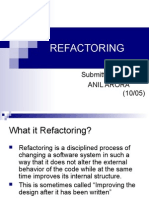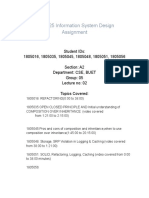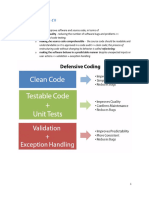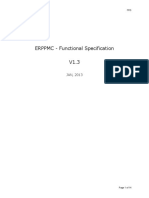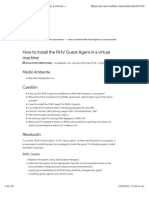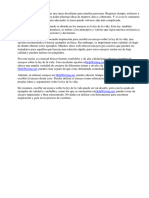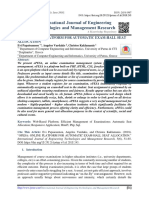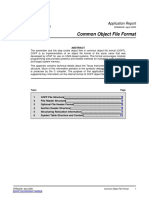0% found this document useful (0 votes)
18 views4 pagesRefactoring Processes ND Its Types
The document discusses various refactoring techniques in Agile software development, including Red-Green Refactoring, Refactoring by Abstraction, Composing Method, Simplifying Methods, Moving Features Between Objects, Preparatory Refactoring, and User Interface Refactoring. Each technique aims to improve code quality, reduce redundancy, and enhance maintainability through structured approaches. The document emphasizes the importance of refactoring in the development process to manage technical debt and streamline code functionality.
Uploaded by
arpiarpi1663Copyright
© © All Rights Reserved
We take content rights seriously. If you suspect this is your content, claim it here.
Available Formats
Download as DOCX, PDF, TXT or read online on Scribd
0% found this document useful (0 votes)
18 views4 pagesRefactoring Processes ND Its Types
The document discusses various refactoring techniques in Agile software development, including Red-Green Refactoring, Refactoring by Abstraction, Composing Method, Simplifying Methods, Moving Features Between Objects, Preparatory Refactoring, and User Interface Refactoring. Each technique aims to improve code quality, reduce redundancy, and enhance maintainability through structured approaches. The document emphasizes the importance of refactoring in the development process to manage technical debt and streamline code functionality.
Uploaded by
arpiarpi1663Copyright
© © All Rights Reserved
We take content rights seriously. If you suspect this is your content, claim it here.
Available Formats
Download as DOCX, PDF, TXT or read online on Scribd
/ 4







